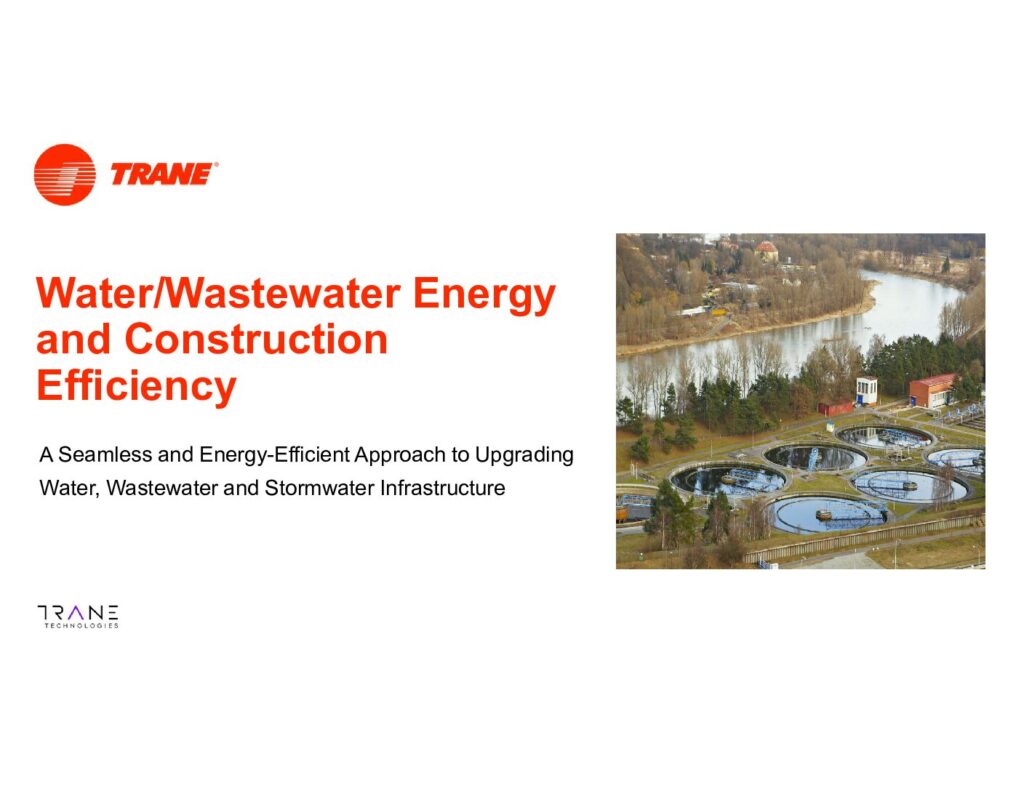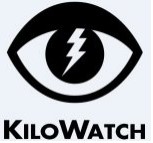
Author Archive: Craig Ziegler
October 2022 APEC Southern Illinois KiloWatch
Crackdown on General Service Lamps
October 1, 2022
By Sid Daller
One of the biggest changes that we will be seeing come down the pipeline shortly is an updated federal rule from the Department of Energy. The rule updates the definitions for general service lamps generally between 310 and 3300 lumens for general lighting purposes to require a minimum of 45 lumens per watt. What this means is that what once was an “efficient” option for traditional screw-based lighting that are not downlight retrofit kits will now be required to meet these minimum 45 Lumens/watt requirements and ultimately sunset related incentives for these types of measures at utilities and other means. In terms of timing enforcement is tentative to begin with a prohibition on the manufacture of non-compliant lamps beginning in 2023, and progressing to a fine for retailers that continue to sell them past a mid-year deadline.
For more information, I’ve provided a couple of (somewhat dense) links below. After all, it wouldn’t be a federal rule without lengthy documentation!
https://www.regulations.gov/document/EERE-2021-BT-STD-0005-0070
https://www1.eere.energy.gov/buildings/appliance_standards/standards.aspx?productid=4
Best,
Sid Daller
September 2022 APEC Southern Illinois KiloWatch
September 1, 2022
By Larry Erwin
OK, so a little of it is just barely below our feet, but a virtually endless (at least two million year) supply of energy resides somewhere around six miles below Earth’s surface, literally anywhere on the planet.
Most of us think of geothermal technology as how we can heat and cool our homes and businesses more energy-efficiently. Such shallow ground-source systems, although more energy-efficient than “conventional” HVAC ones, are typically more expensive (with longer payback periods). Plus, these systems often face logistical issues when locating a heat sink: no easy access to a large body of water, no large surface area under which to run a series of shallow horizontal piping, and the expense of drilling deep holes in which to sink long vertical pipes. Also, electric pumps and/or fans to operate it may be required, so it’s not entirely “free” energy.
What we may not realize is that a virtually infinite (for our purposes, at least) source of heat can be used to generate power, possibly eliminating the need for any other types of fuels or technologies. Not only that, but it eliminates many downsides found with current methods of power generation: carbon dioxide generation (coal, natural gas, and petroleum-based fuels); intermittency (solar and wind); radioactivity (nuclear); possible depletion of resources (hydropower); logistics (large footprint and limited feasible locations); and equipment maintenance/wearout (mechanical systems, pumps, and motors).
We’ve traditionally thought about heat emanating from underground in the form of natural hot springs, geysers, and volcanoes which result from natural faults in underlying rock formations. Also, heat “leakage” occurs along the edges of Earth’s tectonic plates.
When possible, heated steam or liquid from the Earth’s crust in the form of “dry steam” or “flash steam” is pumped through turbines to generate electricity.
However, the question becomes this: what about locations not along the edge of a tectonic plate or geologic fault? Actually, heat energy is below every square inch of the planet… the problem is getting to it.
Earth’s core is roughly the same temperature as the surface of the sun, and geologic formations closer to the surface (from naturally decaying radioactive rock) also provide heat. Multiple research teams and business entities are looking at ways to economically and feasibly tap into this virtually endless supply of energy. These efforts include how to drill (spanning from adapting current oil/gas drilling methods to harnessing fusion energy), how to capture and convert the heat into electricity (primarily using a Binary Cycle System), and how to optimally locate generation and distribution facilities (even possibly retrofitting former fossil fuel-burning generation plants).
As with any new technology, there are obviously bugs to be worked out of each approach, both physically and economically. Yet, it’s hard to envision our energy future without this type of geothermal technology being a main (and perhaps even the principal) player.
Check out the following videos to see how both current and futuristic (fusion technology, anyone?) drilling techniques are being adapted to bring this resource to the surface, driving turbines to provide a virtually endless supply of electrical energy for us. I would recommend watching at least two of the “Basics” videos, as well as both of the drilling videos (for contrast).
Have a look (and I apologize for the “advertising” that may occur in them).
For geothermal electric generation basics –
https://www.youtube.com/watch?v=vZLo0-lwK1k (watch first 12:00)
https://www.youtube.com/watch?v=-Ss_wHCS1Aw (watch first 11:00)
https://www.youtube.com/watch?v=PtQmGPmyLA0 (full disclosure: contains a brief
sales pitch for the company’s technology)
For drilling technologies –
https://www.youtube.com/watch?v=g0sHVsC1cF4 (adopting current drilling technologies, especially by major oil/gas companies)
Nuclear fusion-based drilling
https://www.youtube.com/watch?v=g8sjdOjNxIE
Some case studies –
European activity, with multiple good examples
Advanced geothermal and laser-like drilling
Eden project

